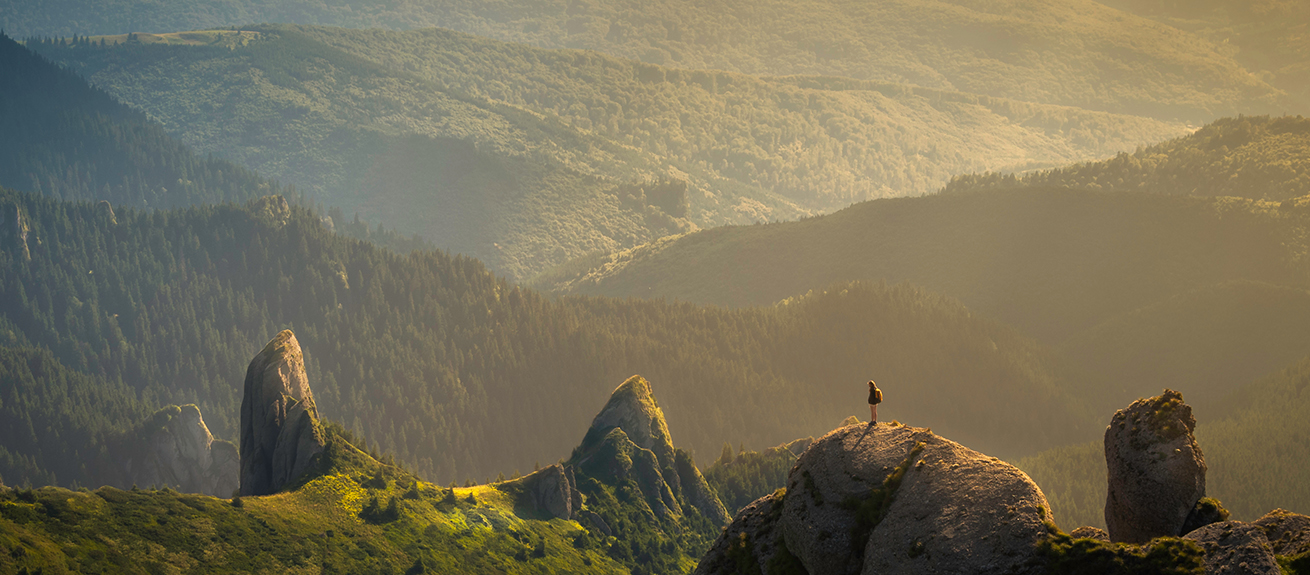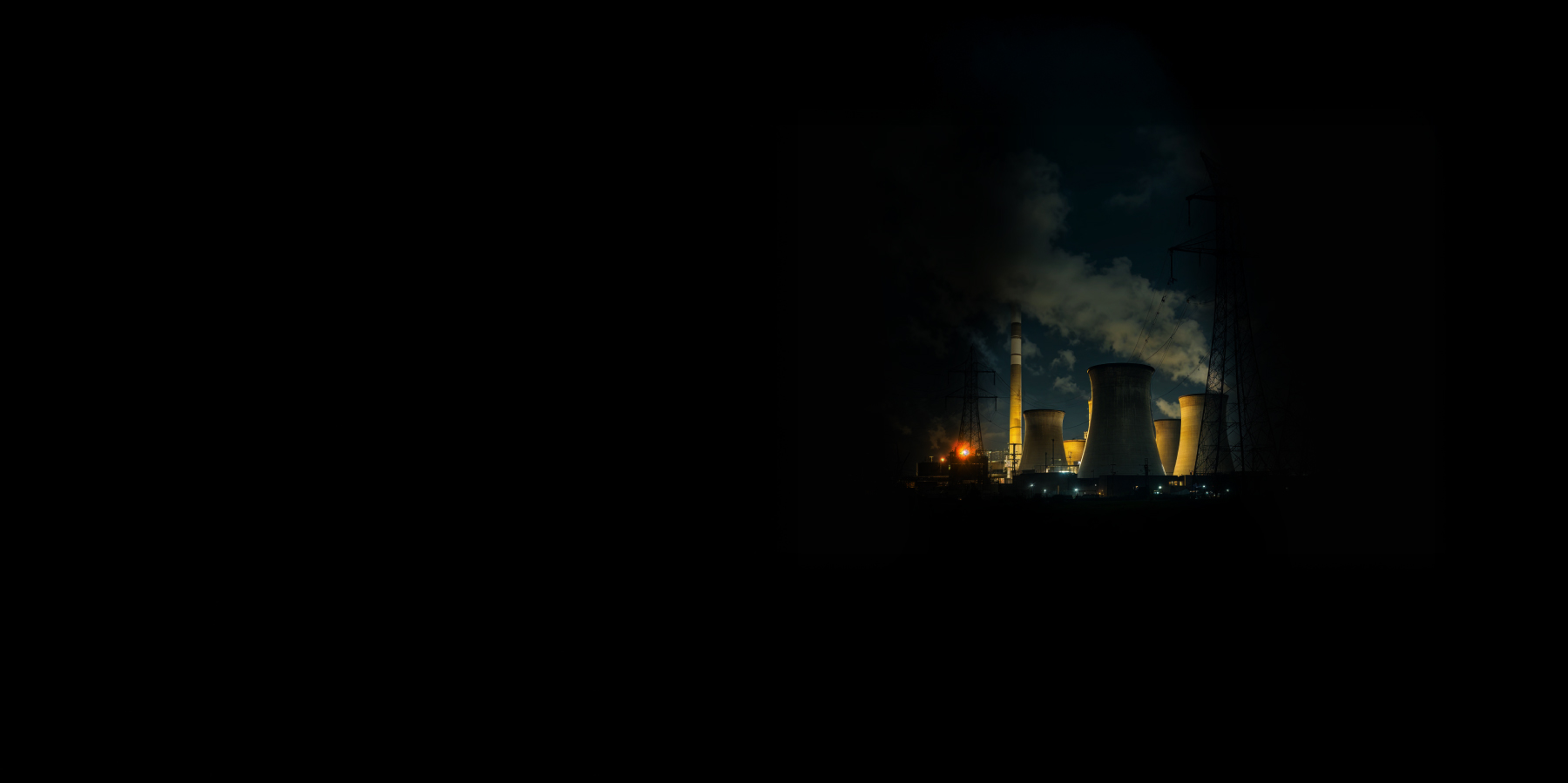
What tech’s survivalist billionaires should be doing instead
Amazon’s CEO, Jeff Bezos, recently passed Warren Buffett to become the world’s second-richest person, behind only Bill Gates. And on Wednesday, Bezos revealed that he has been selling about $1 billion in Amazon.com AMZN +1.41% stock a year to fund space travel, with the commitment of flying paying customers as soon as 2018.
It has long been a pastime among the ultra-rich to fantasize about space voyages. In addition to Jeff Bezos’s Blue Origin are Virgin Galactic by Richard Branson, Vulcan Aerospace by Microsoft co-founder Paul Allen, and, inescapably, SpaceX by Tesla’s CEO Elon Musk.
Bold as they are, and at times borderline narcissistic, colorful billionaires on a quest to make “a dent in the universe” are increasingly rare. If anything, most tech moguls are spending more energy hiding than exploring.
“I keep a helicopter gassed up all the time, and I have an underground bunker with an air-filtration system.” So says the head of an investment firm preparing for the collapse of civilization, as noted in The New Yorker. LinkedIn cofounder Reid Hoffman estimates that more than 50 percent of Silicon Valley’s billionaires have bought some level of “apocalypse insurance,” such as an underground bunker.
And the best example is none other than Peter Thiel, the San Francisco venture capitalist who cofounded PayPal. Thiel controversially acquired citizenship in New Zealand by making an undisclosed amount of business investment. New Zealand, which once suffered from its isolation from the rest of the world, has now seen “the tyranny of distance” turned into its greatest advantage.
The practice of extreme self-reliance — equipping oneself for the worst devastation — has always commanded a niche following. Survivalists store food in preparation for natural disasters. Preppers buy guns, motorcycles, and gold coins in case of a man-made collapse. Or they learn archery to survive in the jungle.
But what was once an isolated endeavor among a few individual communities is fast becoming mainstream. Doomsday escapers are joined by tech executives, hedge-fund managers, and others who can afford to protect themselves from the apparent impending destruction of society.
The 21st century Noah’s Ark
Carved deep underground and set against a nearby mountain in rural Germany is a magnificent 228,000-square-foot real estate complex called the Vivos Europa One. Once a covert compound used for military personnel and munitions, it has been outfitted in a way comparable to that of a mega-yacht. Advertised as an apocalypse hideaway for the wealthiest, the blast-proof underground shelter is capable of withstanding nuclear shock waves, chemical warfare, tsunamis, and tornados.
Common areas feature restaurants, a bakery, a brewery pub, a wine cellar, an art gallery, nursery playrooms, pet kennels, hair salons, cinemas, a swimming pool, and a gym. Also included are a fully equipped hospital with operating theaters, warehouse areas for all food and medical supplies, seed banks, and a DNA vault designed to preserve a collection of millions of zoological artifacts and genomes of donors. It’s a 21st-century Noah’s ark that looks like it was outfitted by the Royal Caribbean cruise line.
It’s in this context that the fortified, nuclear-hardened shelters smack of isolationism. It is as if the ultra-rich have all but given up hope on humanity and decided to devote their energy to building their own underground Noah’s ark.
Of course, wealthy survivalists are not the first community to try escapism in the face of looming disaster. Long ago, the Norse settlement in Greenland did exactly that.
How Greenland’s vikings vanished
The Norse came to Greenland from Norway in about 1000 AD. The vast Arctic landmass was described as “green” because its founder, Erik the Red, wanted to give the place a more favorable impression compared to Iceland. The Norse grew hay to raise cattle, sheep, and goats. They chopped down forests for fuel through the long winter. Grassy slopes were turned into pastures for animals. But Greenland’s environment “was too fragile to withstand that kind of pressure. The short, cool growing season meant that plants developed slowly,” Malcolm Gladwell wrote in a book review for the New Yorker.
Still, the Norse embarked on dangerous hunting trips for walrus tusks and other lucrative animal stuffs to trade with continental Europeans. They conceived Greenland as a European outpost that was economically vibrant and politically integrated with the rest of the world, while rapidly depleting the only thing the community possessed: fertile land. There was a solution, though, and it had been staring the Norse in the face all along.
Living alongside them were the ever-resourceful Inuit, who hunted ringed seals and ate fish — the most reliable and plentiful winter food source. But the Norse despised them, calling the Inuit skraelings (wretches), and was determined to preserve their own way of European agriculture. Cows were a sign of high status; beef, a prized food.
The ultimate cause of the settlement collapse was as much a societal failure as an ecological one. Most fascinating perhaps is how the community struggled through its final days. Jared Diamond, a Pulitzer Prize winner and professor of geography at UCLA, offers a simple analogy: an overcrowded lifeboat.
When hay production failed and cattle died, the starving population kept pushing their way into the nation’s capital. When outsiders incessantly poured in, local chiefs and clergy were eventually outnumbered. Though the city’s supplies, the last bread basket of the Norse, might have sufficed to keep its own inhabitants alive, the “lifeboat” was overwhelmed when everybody tried to climb in.
Had Viking culture been more adaptable, the Greenland civilization might just have survived.
The risk of isolationism
What the ruin of the Norse teaches us is that humanity rises and falls, but it does so collectively. We could let our titanic stubbornness run afoul and discount all evidence that suggests our behaviors are self-endangering. We could try to escape, gather our most prized treasures, and cut ourselves off from the rest. We could buy a bunker and ride out doomsday among our economic peers. But no civilization can survive in isolation. Escapism may create a false sense of security, but in the end, we are all connected.
That’s why the Silicon Valley billionaires and, in fact, everyone else must come out of the woodwork and put exponential technologies to work against our exponential problems.
If Wall Street could pour hundreds of billions of dollars into subprime mortgages that ultimately came to naught, why are we struggling to fund some of our basic research in climatology, marine science, and other knowledge foundations that are so critical to ensuring that humanity can continue? If we know for certain that burning fossil fuel is suicidal, how could we even consider allowing this to continue unabated? And if artificial intelligence can beat human champions in the ancient board game Go, why can’t it tell us the next planet boundary we must not breach, or better still, the exact leverage points where we could reverse some of the systemic damage?
As the famed environmental scientist Dana Meadows likes to say, “We have exactly enough time, starting now.” Escapism is what we must avoid. And that boldness found in Bezos and Musk might be humanity’s last best hope—if channeled toward earth’s problems, not only outer space.
Howard Yu is professor of strategy and innovation at IMD. Stay connected on LinkedIn and Twitter (@howardhyu).
This article was originally published in Forbes.
Picture©: David Marcu / Unsplash
Research Information & Knowledge Hub for additional information on IMD publications
The B case outlines how, by early 2025, Isabella Phoenix's initial vision for HP's Amplify Impact sustainability program had grown into a global initiative involving 4,800 partners in 48 countries. The program surpassed its goals, enrolling 59 of ...
The A case in this two-part series outlines the challenges Isabella Phoenix faced in designing a global sustainability program for HP's vast network of channel partners in just 12 weeks with only one team member and limited resources. The initiati...
Last week, a notification flashed. “Add your email address for extra security,” my phone chirped. It was from WhatsApp. I stared at the screen, a single question forming in my mind: Security? Or surveillance? I tapped “No.” The feeling wasn’t ange...
In today’s boardrooms, two themes dominate: rapid technological advancement and the growing urgency of environmental accountability. But a new source of competitive advantage is emerging, not from A.I. or sustainability alone, but from the deliber...
Research Information & Knowledge Hub for additional information on IMD publications
in I by IMD
Research Information & Knowledge Hub for additional information on IMD publications
Research Information & Knowledge Hub for additional information on IMD publications
Case reference: IMD-2681 ©2025
Research Information & Knowledge Hub for additional information on IMD publications
Research Information & Knowledge Hub for additional information on IMD publications
in I by IMD
Research Information & Knowledge Hub for additional information on IMD publications
Research Information & Knowledge Hub for additional information on IMD publications
in I by IMD
Research Information & Knowledge Hub for additional information on IMD publications
Research Information & Knowledge Hub for additional information on IMD publications
Research Information & Knowledge Hub for additional information on IMD publications






